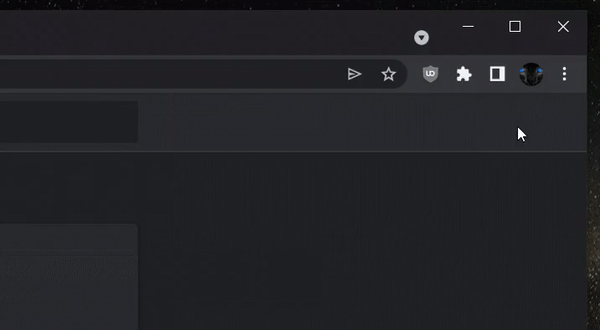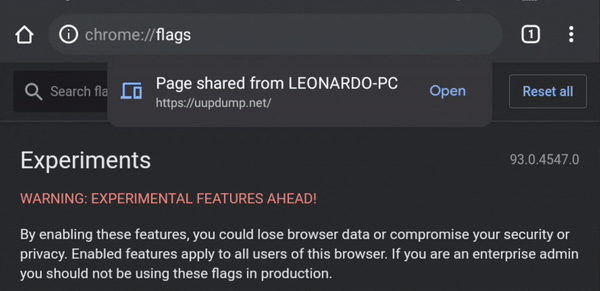Google has long positioned Chrome as the de-facto standard for a cross-platform browser, allowing you to sync your experience across phones, tablets, and desktop computers, no matter which operating system you use. Now Google is looking to improve the cross-platform workflow even further with significant enhancements to the “Send tab to self” feature, first introduced back in 2019.
As spotted by Redditor Leopeva64, it looks like Google deems the changes big enough to warrant an inofficial version bump, with the developers calling the corresponding flag “Send tab to self 2.0.” On desktops, the most important change is the receiving experience. Version 2.0 doesn’t rely on your computer’s system notifications anymore for access to tabs pushed to it — instead, sent tabs will appear as a small, unobtrusive icon between the address bar and the account picker.
This is great news for two reasons: For one, you can leave the sent tab right at your disposal for prolonged periods of time without worrying about it being buried among a plethora of other system notifications, or just straight up disappearing. For another, the new push method works independently from your desktop’s notifications settings — when you have system notifications disabled for Chrome, you currently can’t receive sent tabs without first going out of the way to enable them again. If you don’t even recall deactivating notifications in the first place, you might even end up thinking the feature straight up doesn’t work for you.
Chrome for Android is also in for a similar treatment. Google is testing in-app notifications in favor of system notifications that only pop up when you proactively open the browser. While desktop Chrome currently waits for you to interact with the icon next to the address bar, the notification just straight up disappears in Chrome for Android as of now. However, it’s possible that the Android version is still in for loads of optimizations, and I wouldn’t be surprised if Google scrapped this in-app receiving experience altogether, at least on Android — system notifications are much easier accessible and people are much more familiar with how they work. Plus, an in-app banner is much easier to miss on mobile than on desktop.
On Mac, Windows, Linux, Chrome OS, and Android, the new behavior can be activated by enabling chrome://flags/#send-tab-to-self-v2 on the latest under-development Canary release of the browser, version 93. On Android, you can download it via the Play Store or right over at APK Mirror. Just keep in mind that this release of Chrome is far from stable and not recommended for everyday usage.






